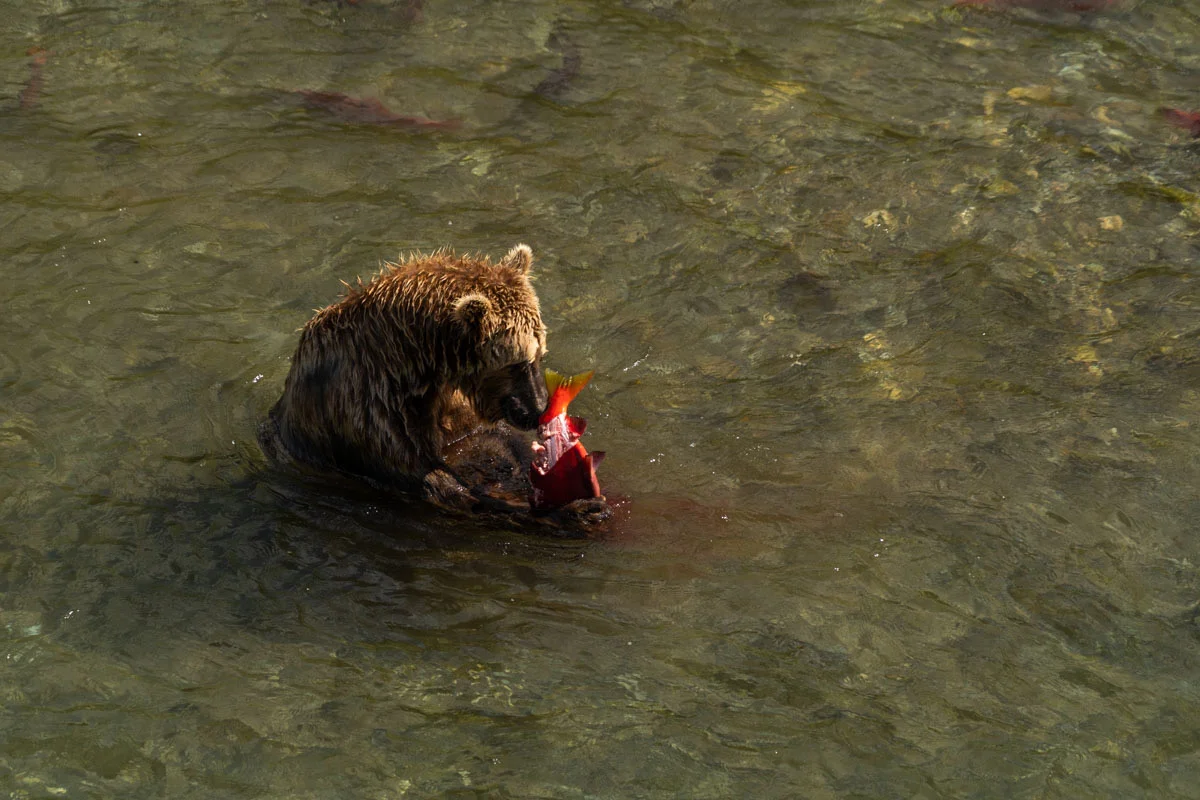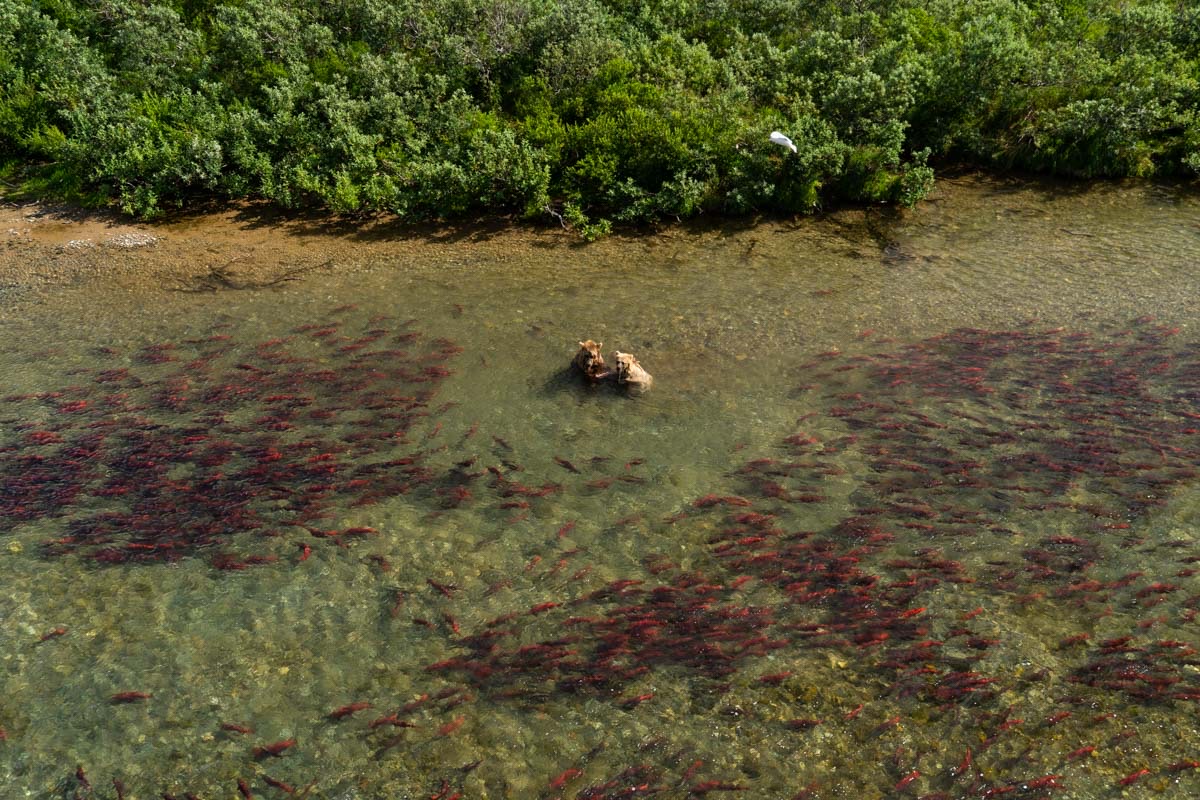From the more than 14,000 fish-based jobs to the $1.5 billion commercial fishing economy, we know that Bristol Bay is a financial powerhouse in Alaska. As Alaskans work hard to diversify our economy, other natural resource-based industries are growing.
Earlier this month, researchers at the University of Alaska Fairbanks released a new study highlighting the economic contributions of the bear tourism industry in Southcentral Alaska. Here are the big take aways: Earlier this month, researchers at the University of Alaska Fairbanks released a new study (hyperlinked) highlighting the economic contributions of the bear tourism industry in Southcentral Alaska. Here are the big takeaways:
Bear viewing-related service providers (air/boat taxis, guides, lodging) reported $34.5 million in sales in 2017.
Bear viewing service providers paid approximately $10 million in direct wages and benefits and hired 371 employees in 2017.
Direct spending by service providers and households contributes approximately $19 million in value added to the regional economy.
Direct purchases by bear viewing service providers and their households support approximately $36.3 million in economic production in the region.
Bear viewing spending by service providers and households supports approximately $17.3 million in labor income in the region, including $10 million in direct wages and benefits;
Spending by bear viewing service providers and households supports 490 sustainable jobs in the region, including 371 reported direct hires.
Lower Cook Inlet boasts the highest concentration of brown bears on the planet. From Katmai and Lake Clark National Parks, to the McNeil River State Wildlife Sanctuary – and miles of wild landscape in between – the Cook Inlet region is truly a global phenomenon when it comes to brown bears.
Pebble’s current plan is to build a massive road and pipeline complex from Lake Iliamna to Amakdedori Creek, in Kamishak Bay in southwest Cook Inlet. There, they say they will build a giant export facility to load barges that will transfer ore concentrate to huge bulk carriers destined for China. The road would come within a mile of the McNeil River State Game Refuge and Sanctuary boundary, and the port facility Pebble is proposing is within sight of a popular bear viewing location within the refuge. Unsurprisingly, the Draft Environmental Impact Statement for Pebble’s current plan fails to consider these impacts.
This report confirms what we already knew. Bear viewing – like sport, commercial and subsistence fishing – can provide sustainable jobs, foods and revenues for our local communities for a long time if they’re properly managed. Giant open pit mines and huge toxic waste pits cannot.
Please comment now to the Army Corps of Engineers that Pebble poses an unacceptable risk to the bears and many other resource-based industries of southcentral and southwest Alaska.
Photo: Fly Out Media



